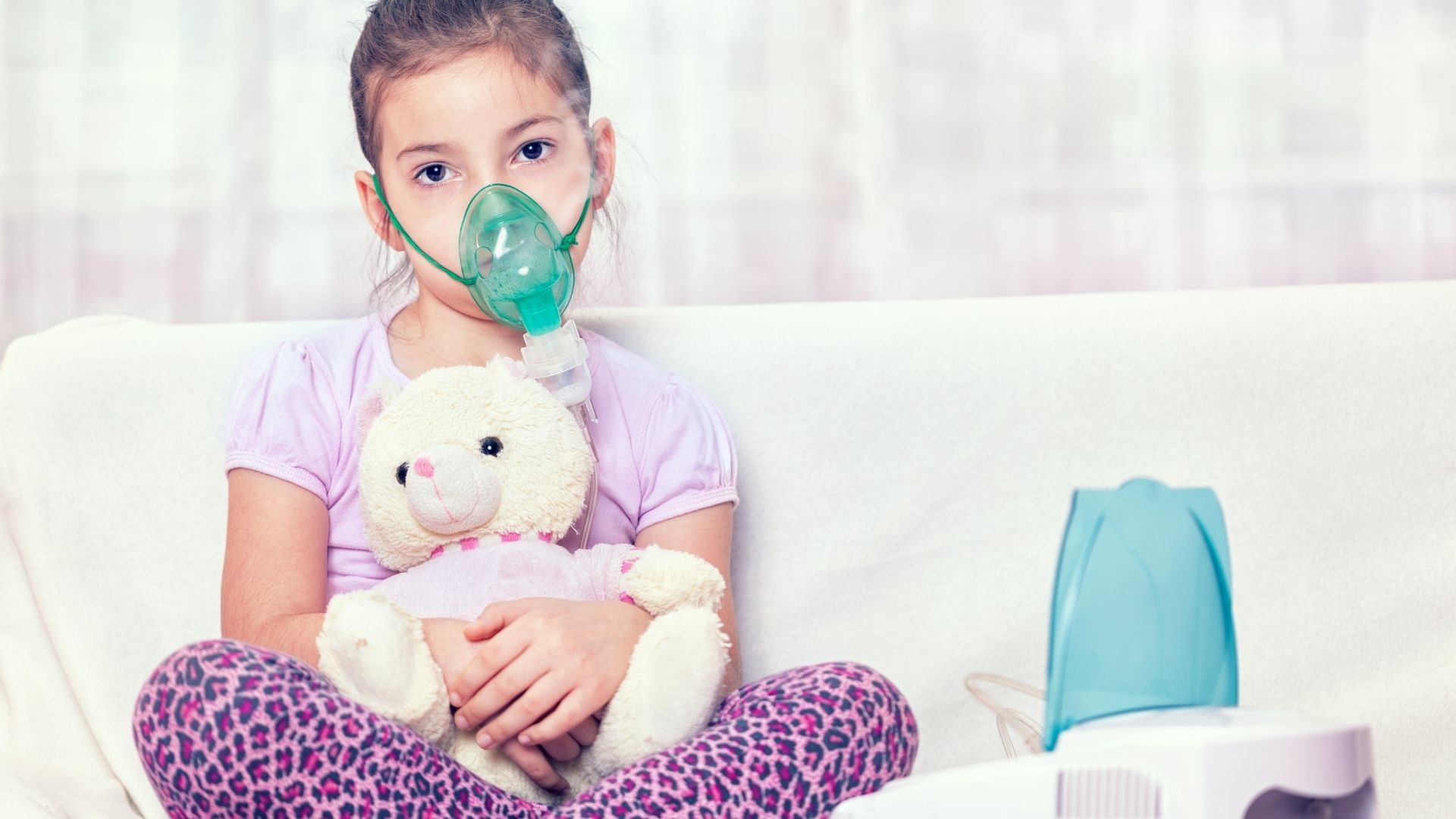
Asthma is the most common disease in America, affecting over 8 percent of the population. Children are more prone to getting different forms of allergies and asthma, and it is no different from asthma in adults.
The disease can trigger at any age, but most children affected by it show the first symptoms by five years old. According to the CDC, 1 in 6 children with asthma ends up in the Emergency Room (ER) each year. (CDC, 2022)
While there are no definite causes or permanent cures for childhood asthma, unmanaged asthma can grow into adulthood and cause long-term illness.
May is the National Asthma and Allergy Awareness Month
Asthma is a severe lung disease in which the airways slim and swell and is likely to produce excessive mucus. It leads to difficulty breathing, triggers coughing, wheezing on breathing out, and shortness of breath.
It can be minor discomfort for some children, but specific exposure can cause asthma flare-ups in other cases. However, the symptoms can be controlled under proper care and medical treatment.
Furthermore, to create awareness and educate families and parents about the severity of asthma and allergies, the Asthma and Allergy Foundation of America (AAFA), since 1984, has promoted May as “National Asthma and Allergy Awareness Month.” (AAFA, 2021)
Triggers, Signs, and Symptoms of Childhood Asthma
Children face unique challenges, and they can vary from one child to another. A child diagnosed with asthma has extra sensitive lungs, and some exposure can be ‘triggers’ for them. These triggers can be from environmental allergens like air pollution, dust particles, irritating gases to pre-existing medical or hereditary conditions.
Common signs and symptoms include shortness of breath, chest congestion, whistling sound while breathing out, or frequent coughing that worsens with a viral infection, exercising, or cold airwaves.
Childhood asthma can also lead to:
- Continuous coughing or wheezing due to cold or flu
- Disturbed sleep patterns due to coughing, shortness of breath, or wheezing
- Difficulty breathing hampering daily routine or exercising
- Constant fatigue due to poor sleep
- Delayed recovery or bronchitis after a respiratory infection
Sometimes, it is hard to identify these symptoms and know whether they are caused due to asthma. Seasonal and other asthma-like symptoms can be caused by infectious bronchitis or other respiratory issues.
(Mayo Clinic, 2021)
When To Seek Medical Attention
If the child has one or more symptoms or parents suspect that the child has asthma, speak to the doctor immediately. Early diagnosis and treatment can help control these symptoms and prevent prolonged severe health conditions. Remember to call for emergency care if the child:
- Is catching their breath or frequently stopping in between sentences
- Is using abdominal muscles to breathe
- Has enlarged nostrils when breathing in
- Is trying hard to breathe, and the abdomen is sucked under the ribs upon breathing
Having an Asthma Action Plan can help the parents and caregivers if the child is diagnosed with the disease. They can make notes, monitor symptoms, and know the action steps if an asthma attack occurs.
Asthma Action Plan for Parents and Caregivers
Your healthcare provider will develop a care plan called an Asthma Action Plan. It is an essential plan to assess the severity of asthma and map successful steps to keep it under control. Parents and caregivers can refer to the CDC’s Asthma Action Plan to understand it further.
The plan covers different aspects of treatment and medications like using asthma medications, remedial actions when the attack gets worse, or when to seek emergency care. Ask all the critical questions from the doctor to understand the plan well.
The action plan is a handbook for managing a child’s daily health routine and guiding parents when the child develops any asthma symptoms. Do not mistake it as a quick fix to the child’s health problems; instead, take extra precautions about asthma triggers and stay in touch with your pediatrician.
Conclusion
Asthma triggers can disrupt a child’s airways and interfere with their daily healthy life. It is difficult for parents and caregivers to keep calm and not get worried when a child has difficulty breathing. However, remember that childhood asthma can be controlled with best hygiene practices at home, avoiding allergens and ongoing physician care.
The symptoms and effects of asthma can change over time, so it is vital to stay in touch with your doctor and administer proper medication and maintain follow-up visits.
Works Cited
CDC, C. for D. C. and P. (2022, February 1). FastStats – Asthma. Centers for Disease Control and Prevention. Retrieved March 23, 2022, from https://www.cdc.gov/nchs/fastats/asthma.htm
AAFA, A. and A. F. of A. (2021). May Is National Asthma and Allergy Awareness Month. Asthma and Allergy Foundation of America. Retrieved March 23, 2022, from https://www.aafa.org/asthma-and-allergy-awareness-month/
Mayo Clinic, S. (2021, March 13). Childhood asthma. Mayo Clinic. Retrieved March 23, 2022, from https://www.mayoclinic.org/diseases-conditions/childhood-asthma/symptoms-causes/syc-20351507
